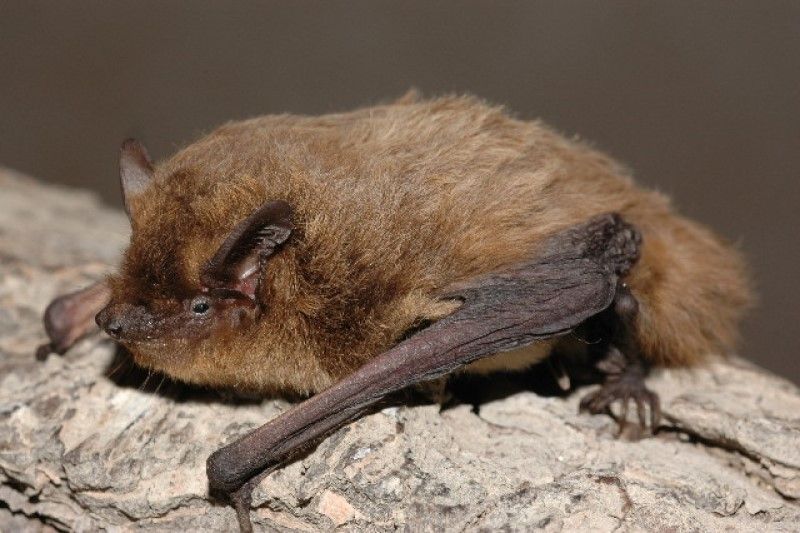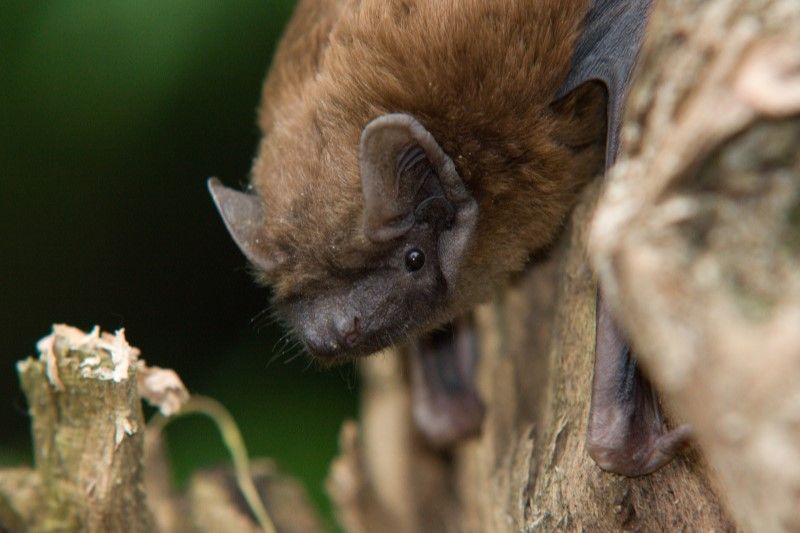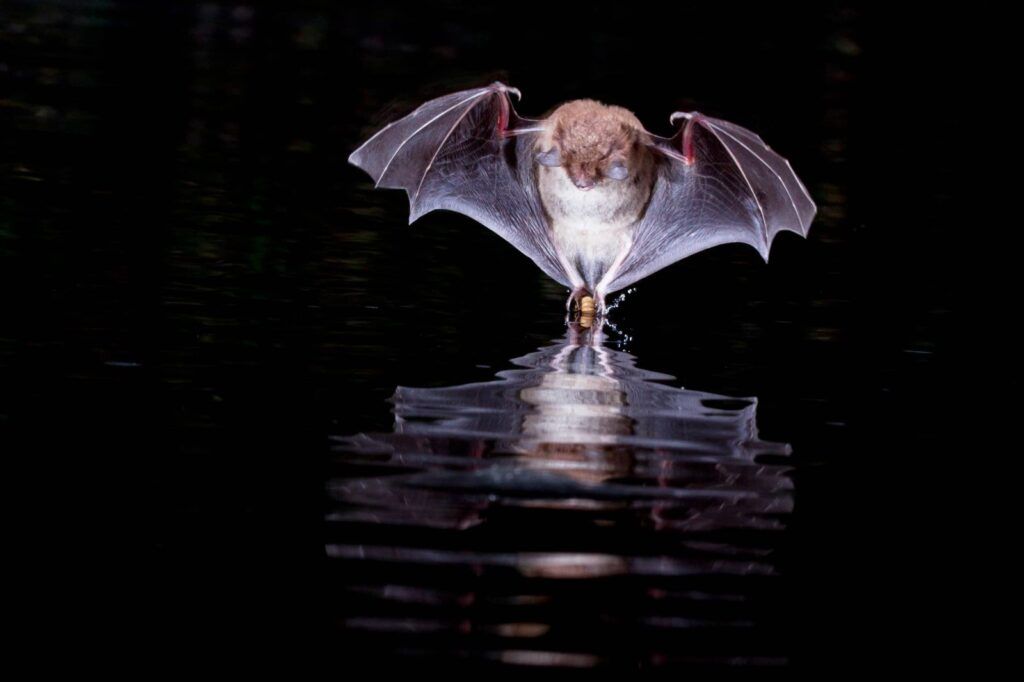‘A common pipistrelle can eat over 3,000 tiny insects in a single night.’
It’s a stat that gets repeated a lot. It’s a common sight on summer evenings, a little after sunset, to see pipistrelles feeding overhead on small flies, midges and mosquitos. Pipistrelles are aerial hawkers, catching and eating their prey on the wing, but 3,000 does seem a lot of insects to catch in one night. Does it add up?
All the bats in the British Isles eat insects and each has its own favourite prey species. Studies of captive bats show that they can feed on ten or more insects per minute for short periods, but it’s harder to pin down how many they consume in a typical night.
Inflight meal
Pipistrelles are the smallest British bat, having a mass of 3-8g. A small fly is 1-2mg, so 3,000 prey weigh (more or less) the same as a pipistrelle. Would a common pipistrelle eat its own bodyweight in a night? If it ate as fast as it could for six hours, it could catch the requisite 3,000 or so insects. But, while most prey are eaten in flight, some are taken to a spot where the bat can perch, making it easier to consume its meal, and each stop is going to slow the overall pace at which prey are caught.
Noctules are Britain’s largest bat at 18-40g. Like pipistrelles, they’re aerial hawkers, with characteristic repeated fast, steep dives in pursuit of prey. In urban areas, they’re attracted to streetlamps to feed on moths and eat a range of species through the year, from smaller insects, such as midges and mayflies, to larger ones like winged ants, chafers and dung beetles, later in the season. While most prey is caught on the wing, occasionally it’s taken from the ground, a hunting technique called gleaning. (While on the subject of hunting techniques, Daubenton’s bats, which feed above water, sometimes trawl, taking prey from the water’s surface, either with their large feet or scooping, with their tail membrane.)
A small moth might be 50-100mg, while a beetle might be larger. To eat half its bodyweight (say, 15g), a noctule would have to consume about 300 prey. They forage mainly at dusk, for up to two hours, and for about half an hour at dawn. So, if it feeds for two and a half hours (150 minutes), it’s looking to catch two insects per minute, which doesn’t seem unreasonable.
Food for thought
What proportion of its bodyweight does a bat consume each night? One recent study, from 2021, found that noctules consumed on average a little less than a tenth of their body mass each night. Pipistrelles ate a little less, up to about seven per cent of their bodyweight. But these estimates didn’t include insect parts that weren’t eaten (wings, legs, etc.), which might make up between a fifth and a half of the total weight of prey. So, very roughly, the average pipistrelle might eat 1g of prey in a night, and the average noctule, 5g, or between a few hundred to a thousand insects each night.
That said, there are times when bats need to eat more, during pregnancy in females, for example, or sperm production in males, and consume several times as much (up to four-fifths their bodyweight).
Whatever the exact figure of insects eaten each night, it’s big. It shows the importance of insects for other species and that growing night-scented plants such as honeysuckle and Hesperis matronalis (or sweet rocket), that attract moths and nocturnal pollinators, is good for bats (other mammals).
How ever you look at it, it’s an extraordinary stat. We can’t get by without bugs (that recycle nutrients, pollinate and control pests) and we can’t get by without bats (that keep bug numbers in check, not least the sort that feed on us, like midges and mosquitoes).
Get involved with our mammal watching surveys, Living with Mammals today or visit our mammal fact files to learn more about British mammals:
Header image credit Daniel Hargreaves



